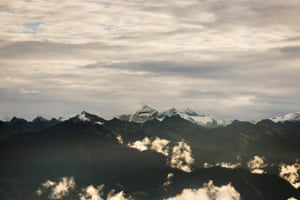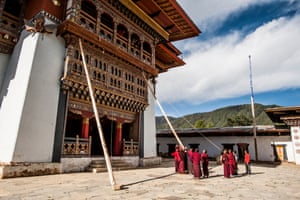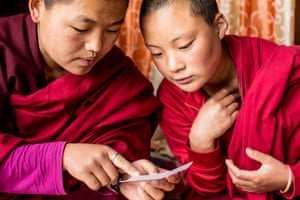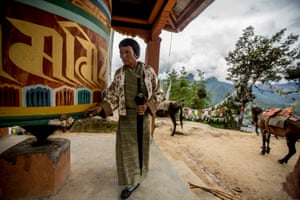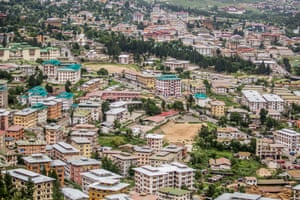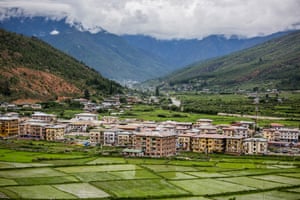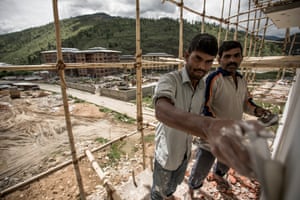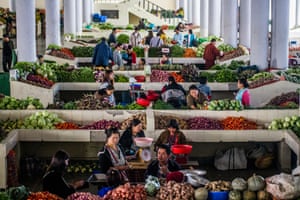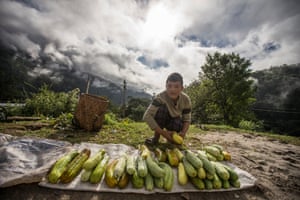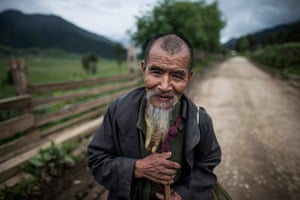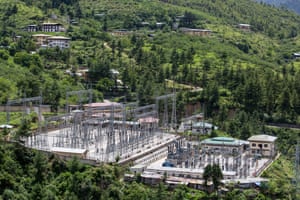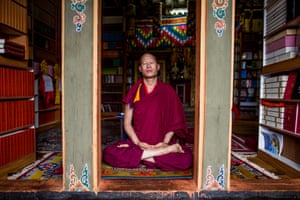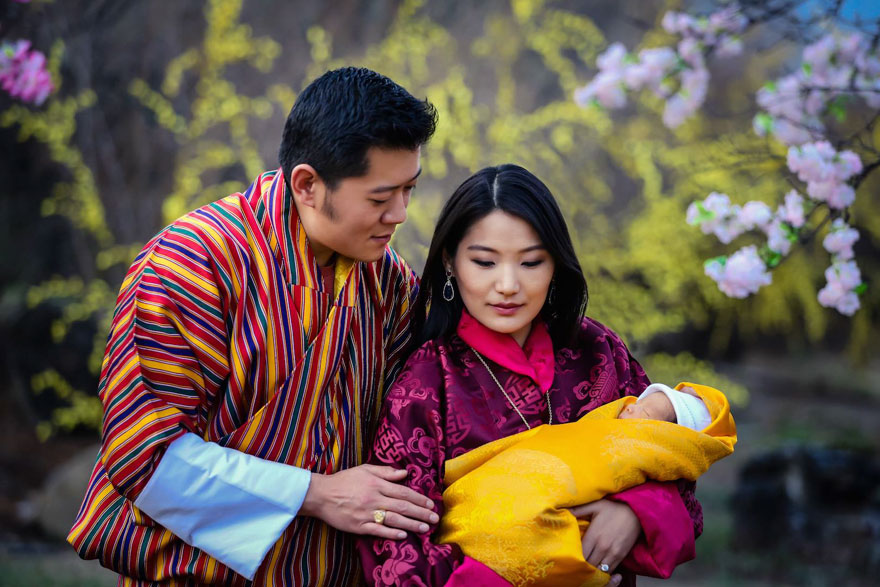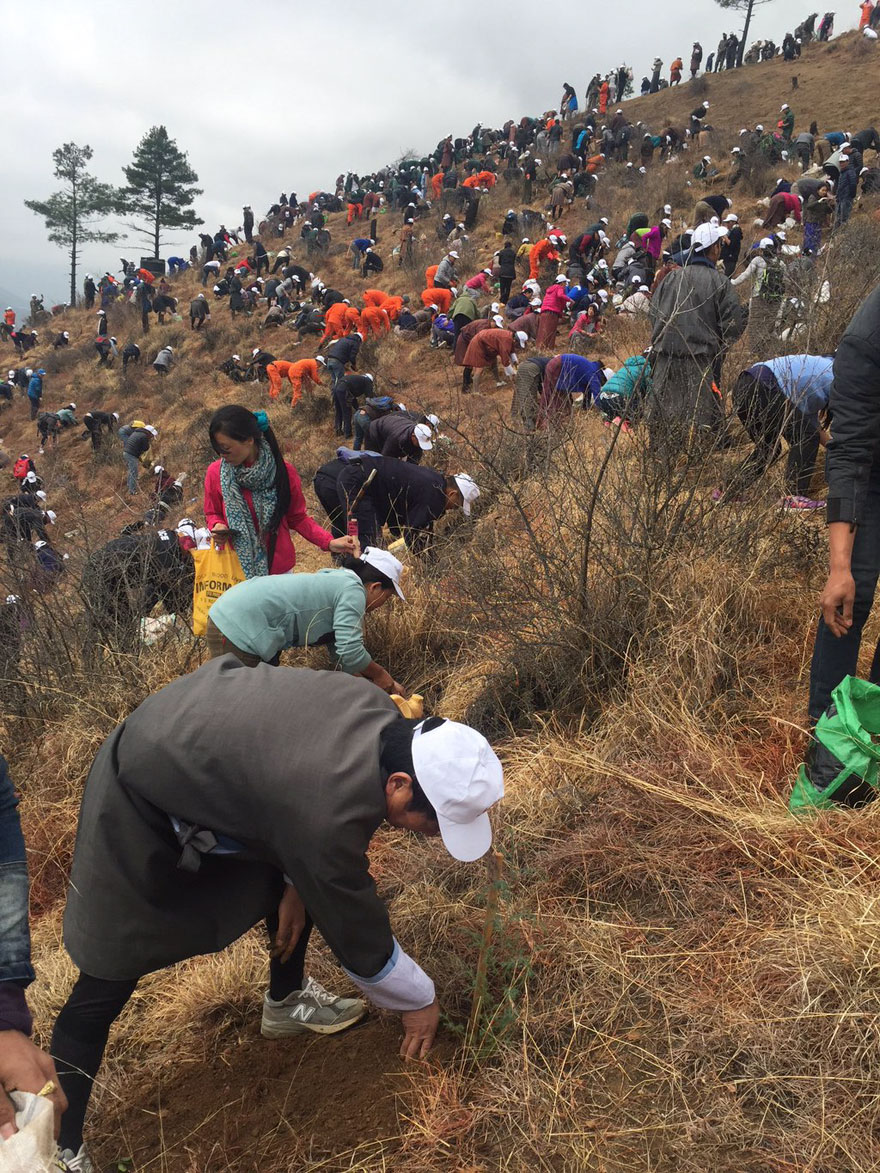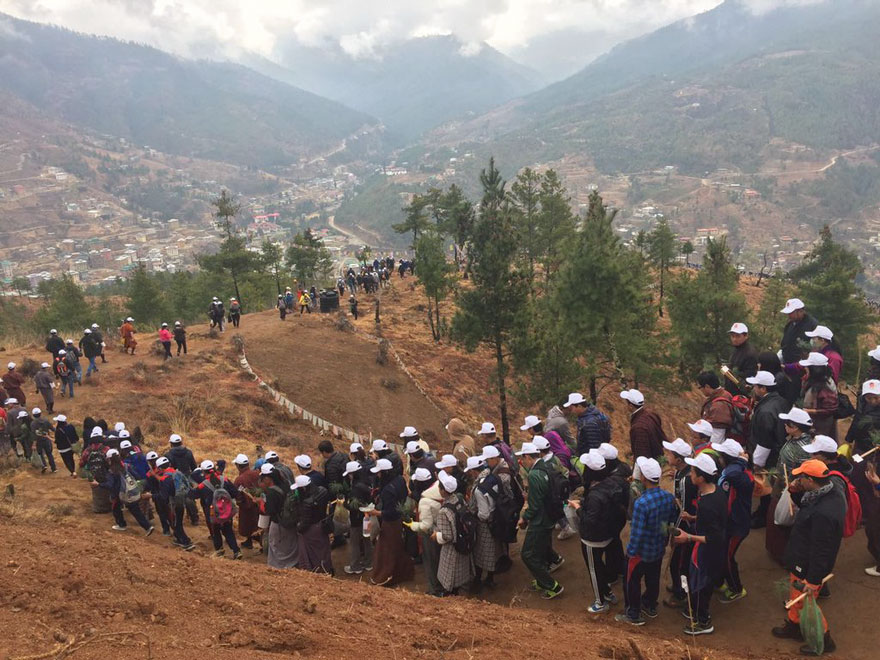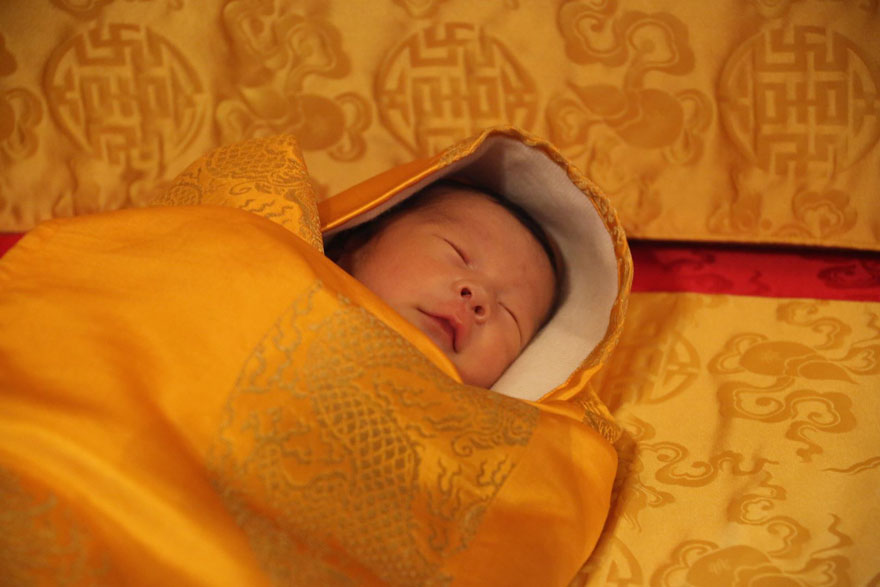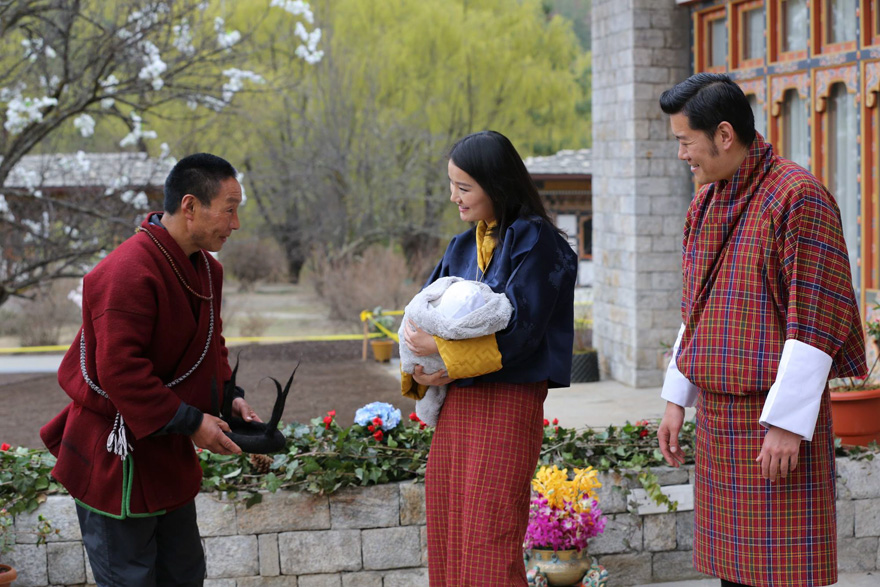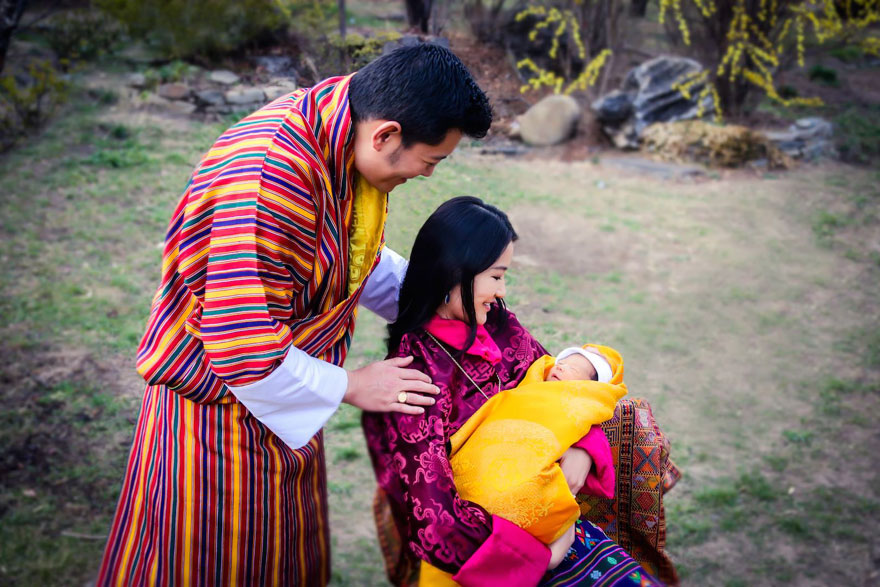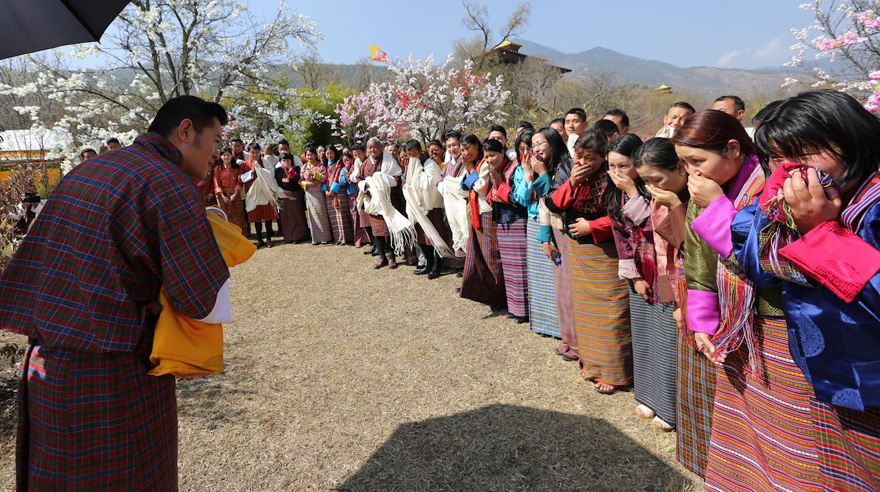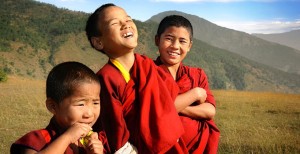
Gross revenue from tourism increase by USD 9.71M
Apart from the unique culture, Buddhism and Gross National Happiness, the Royal Family was also the main attraction for international tourists who visited Bhutan last year, the 2014 tourism monitor states.
With a growth of about 15 percent, Bhutan recorded 133,480 international and regional tourists last year. The annual tourism monitor states that a majority of the tourists were female.
As is the trend, the 2014 data indicate that its mostly the elderly international visitors, highly educated, experienced and well settled who chose Bhutan as a holiday destination. A majority of the tourists who visited Bhutan last year was aged 61 years and above.
The monitor states that more than half of the international tourists were from Asia and the Pacific Region. About one-fourth was from Europe and the rest from North America and South America followed by the Middle East.
Nationality wise, Thai tourists accounted for one-fifth of the total tourists last year, which tourism officials attributed to the Bhutan-Thailand friendship offer where Thai tourists were exempted from the mandatory minimum daily tariff.
An exit study of the tourists where a sample size of 12,000 visitors was randomly interviewed indicated that the average stay was six nights for international tourists. However, about 19 percent of the tourists stayed for more than eight nights and about two percent for more than 15 nights in 2014.

“The discount offered for those staying more than 8 and 15 nights designed to encourage longer stays doesn’t seem to be popular among international visitors,” the monitor states.
The monitor states that a majority of the international tourists were aware of the minimum daily tariff of USD 250 and 200 for the peak and lean seasons. However, the rest were not aware of the daily package rate.
At about 35 percent, the monitor states that proportion of respondents who didn’t have knowledge about the daily package rate structure is quite high given the increasing number of tourists visiting Bhutan every year.
Bhutan continues to be a cultural destination with a majority of the tourists still attracted to Bhutan by cultural and nature-based activities, adventure sports and other attractions like textiles, community-based activities, wellness and spa, and retreat.
The western dzongkhags of Paro, Thimphu, and Punakha, as usual, continued to receive the highest number of tourists and the bed nights as well. Lhuentse, Pemagatshel, Dagana and Tsirang recorded the least number of bed nights in 2014.
Gross earnings from the international tourism increased to USD 73.2 million or about Nu 4.4B in 2014 from USD 63.49 million in 2013.
“However, this does not account for receipts from categories like airline receipts and out of pocket expenses,” the monitor states. It also states that more than 98 percent of international tourists visited Bhutan for the first time.
Source: Kuensel (Kinga Dema)

